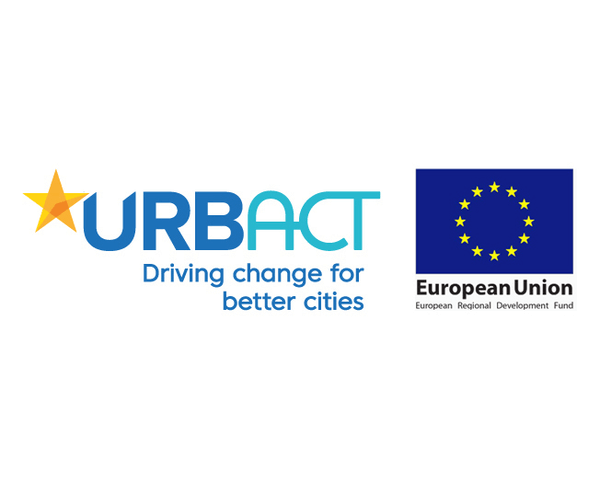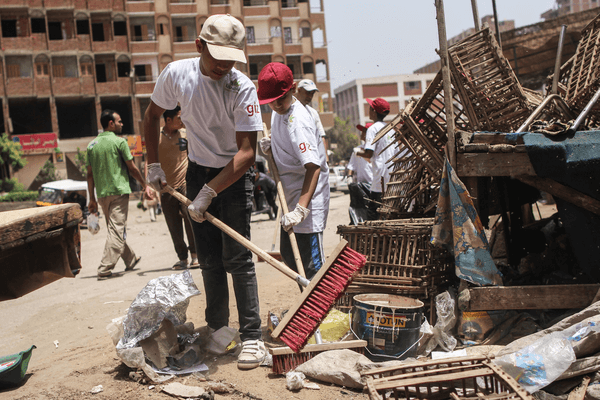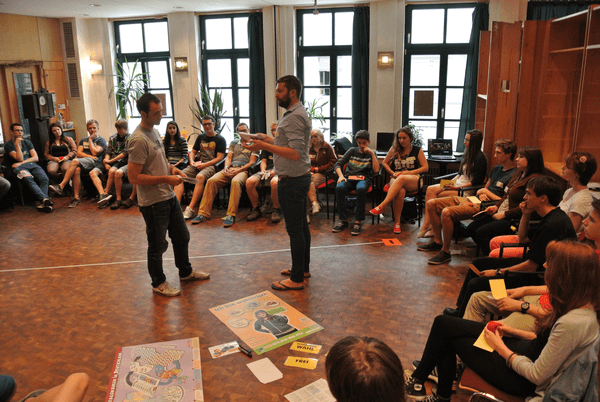
City
Lisbon
Main actors
Local Government, City Government, Community / Citizen Group, other
Project area
Neighborhood or district
Duration
Ongoing since 2009
This City of Lisbon strategy supports local projects and municipal partnerships that improve the social and territorial cohesion of deprived neighbourhoods.
The Lisbon Local Development Strategy for Priority Intervention Areas (BIP/ZIP) provides the city with an integrated policy toolbox based on a co-governance process. It brings together a bottom-up participatory approach to promote social and territorial cohesion, active citizenship, self-organisation and community participation. Besides establishing local governance structures that facilitate communication and shared decision-making between the city administration and neighbourhood organisations, the strategy includes a funding programme for community partnership initiatives with a strong local impact that focus on employment, education and social cohesion.
URBACT Good Practice Label
This project was awarded the 'URBACT Good Practice Label' in 2017.
On Map
The Map will be displayed after accepting cookie policy



